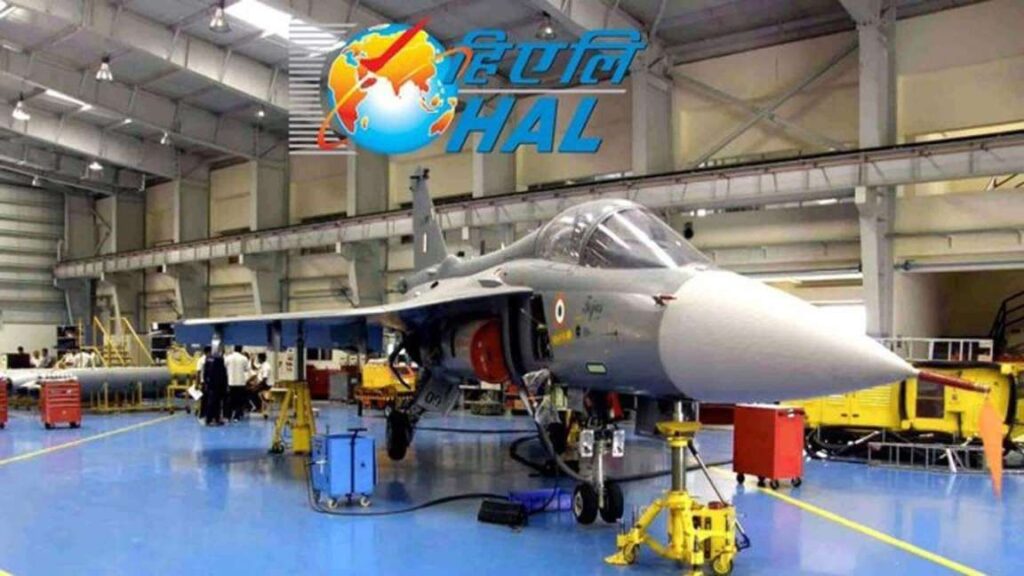Hindustan Aeronautics Limited, India’s only combat aircraft maker and the public sector unit with the biggest defence order book, is about to undergo its biggest internal shake-up since it was formed in 1964. According to Business Standard, the Ministry of Defence has asked Boston Consulting Group to design a full restructuring plan by March 2026.
HAL is carrying confirmed orders worth 2.52 lakh crore, which is eight times its FY25 revenue, while simultaneously trying to build Tejas Mk1A fighters, Prachand light attack helicopters, upgraded Su-30MKIs, Do-228s, ALH Dhruv variants, and also keep older Jaguar and Mirage 2000 fleets flying through overhaul work. A senior official said BCG joined the project in September 2025 and stressed that the aim is not to privatise or split the company, but to speed up delivery cycles, improve customer responsiveness and prepare HAL for real competition once private firms enter the fighter aircraft space.

The pressure comes from a massive order book—2.52 trillion, equal to more than a third of all legacy DPSUs combined—and slow progress on key programmes like the Tejas Mk1A, the 156 Light Combat Helicopters ordered in 2025, licensed production of Su-30MKI engines and more than two dozen parallel overhaul lines. Even with nine major manufacturing centres spread across multiple cities, HAL is struggling to absorb this workload without deep structural changes.
People familiar with the discussions say the emerging plan will likely push HAL toward platform-based verticals instead of region-based divisions, create a dedicated combat aircraft business unit, spin off non-core transport and trainer projects, give division heads more financial authority, outsource more structural assemblies to private tier-1 suppliers and possibly list the helicopter and transport wings to raise capital.
A crucial trigger was the AMCA prototype bid, where HAL found itself technically edged out because its heavy workload made it less competitive than leaner private bidders, even though it had designed and built the Tejas itself. The message from the ministry was blunt: clear the backlog or risk losing the monopoly.
Officials argue the overhaul is meant to secure HAL’s future, not weaken it, saying the company will remain central to India’s military aviation plans but needs to evolve from a 1960s licence-production setup into an organisation capable of delivering fifth-generation aircraft by 2035.
